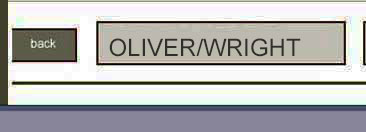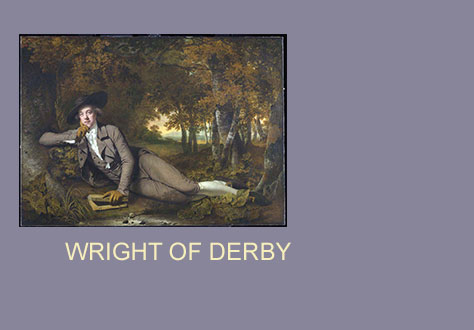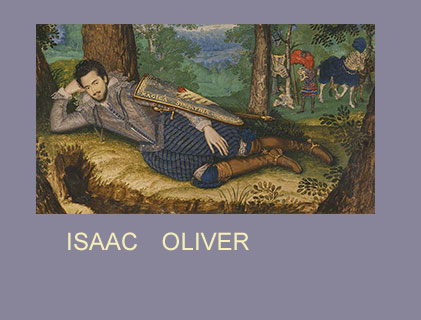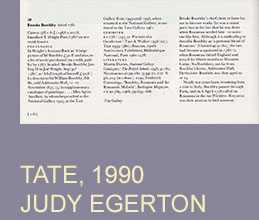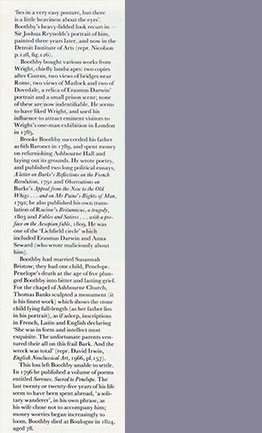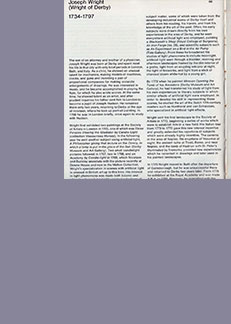Brooke Boothby (c.1744-1824) was an amateur poet and philosopher and eldest son of Sir Brooke Boothby of Ashbourne Hall, Derbyshire. As a young man he was a prominent figure in London society and a member of the literary circle at Lichfield which included Dr Erasmus Darwin, Thomas Day and Miss Anna Seward. At the age of 22 he became acquainted with the French philosopher Jean-Jacques Rousseau, who spent fifteen months from 1776-7 at Wootton Lodge, Staffordshire, not far from Boothby's home. Nearly ten years later, Boothby called on Rousseau in Paris and the philosopher entrusted him with the manuscript for the first volume of his autobiographical Dialogues, which he was anxious to have published, preferably in England. As a result, Rousseau, Juge de Jean Jacques was published in 1780, two years after the philosopher's death and at Boothby's expense. Boothby was delighted with his success and so proud of his associations with Rousseau, that he commissioned Wright to paint his portrait as an illustration of Rousseau's philosophy.
Wright has attempted to convey in the portrait Rousseau's belief in the importance of man living in harmony with nature. He has deliberately chosen a landscape format, depicting the poet lying by a stream in a woodland setting. The key to the work is the vellum-bound volume, which Boothby is holding. The poet indicates with his left forefinger the name ROUfSEAU, inscribed on the spine. His pose looks back to the melancholy tradition in Elizabethan portraiture: he lies full length on the ground, propping up his head on his right hand, in a setting of trees which obscure the light. The implication is not that Boothby is in a state of depression, but that his mind is distracted by more elevated concerns than the humdrum preoccupations of this world. His unbuttoned waistcoat and sleeves give him a deliberately dishevelled appearance, and yet Wright has dressed him in the double-breasted frock coat, wide-brimmed hat and plain muslin cravat then in fashion.
Boothby admired Wright's work and bought a number of landscapes and a small portrait from him. He also used his influence to attract visitors to Wright's one-man exhibition at Robin's Rooms, Covent Garden in 1785. In later life, Boothby contented himself with writing poetry and political essays, and also published his own translation of Racine's Britannicus. He married and had one daughter, Penelope, who died at the age of five. Boothby commissioned Thomas Banks to sculpt a monument for the chapel of Ashbourne Church, which shows the child lying full-length, just as her father appears in Wright's portrait.
Further reading:
Judy Egerton, Wright of Derby, Tate Gallery 1990, pp.116-118, reproduced p.116.
Frederick Cummings, 'Boothby, Rousseau and the Romantic Malady', Burlington Magazine, vol.110, no.789, 1968, pp.659-66.
Frances Fowle
November 2000
